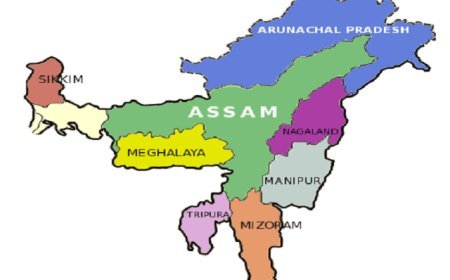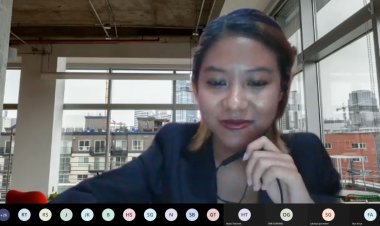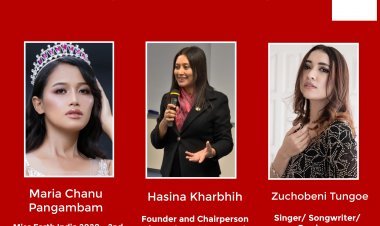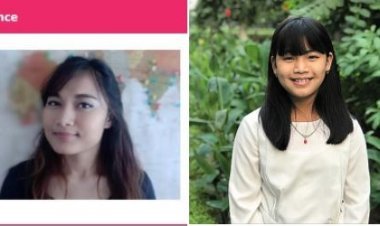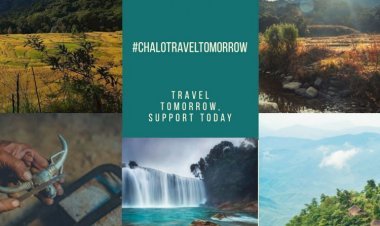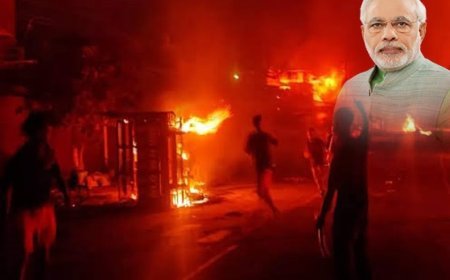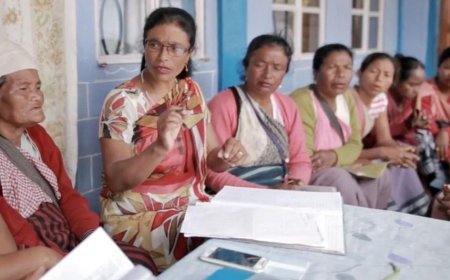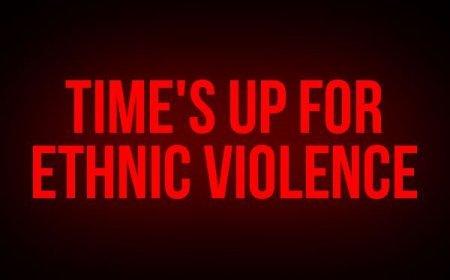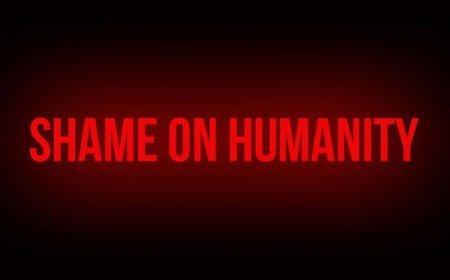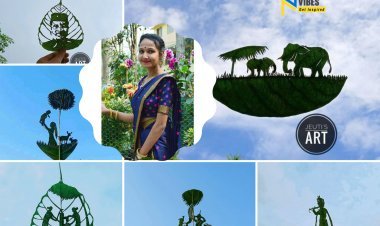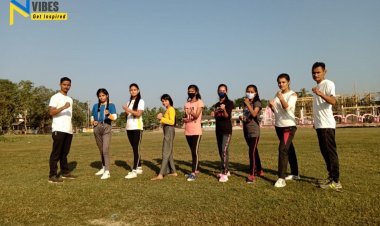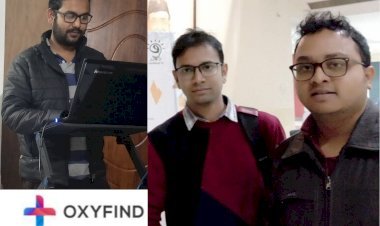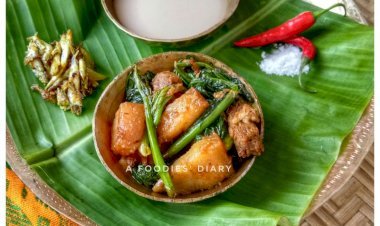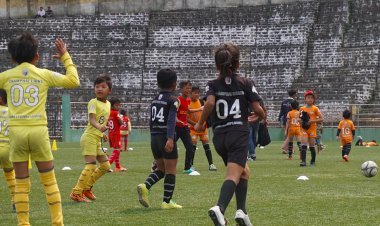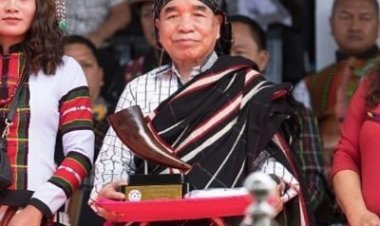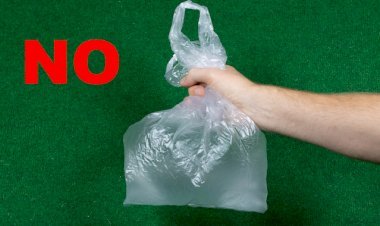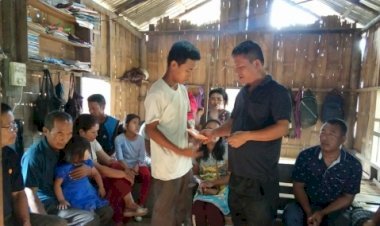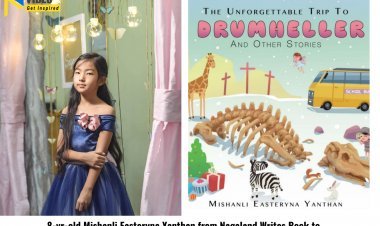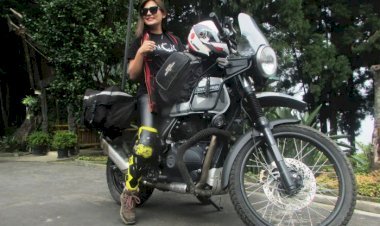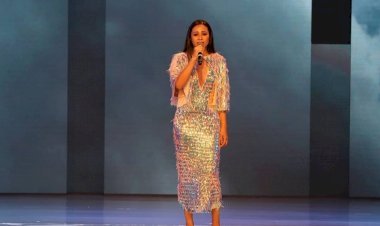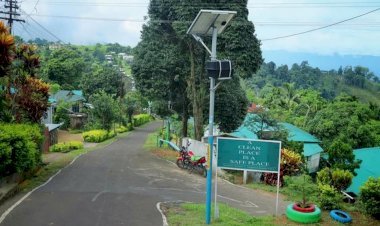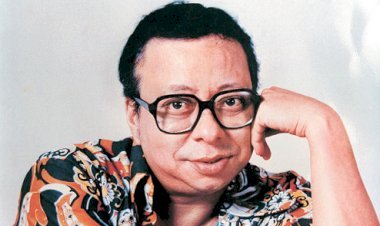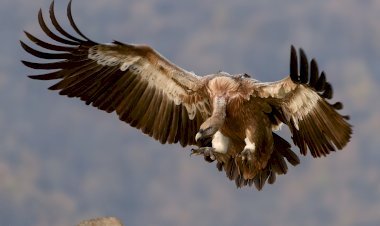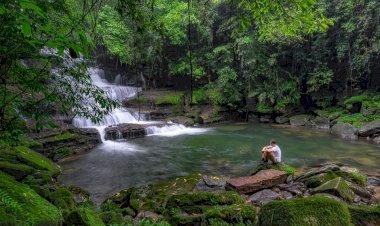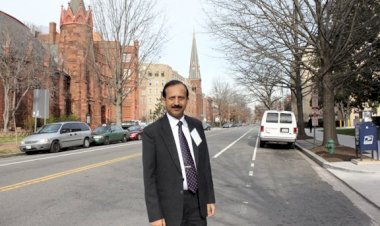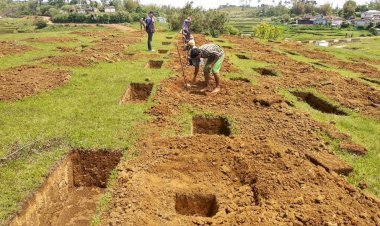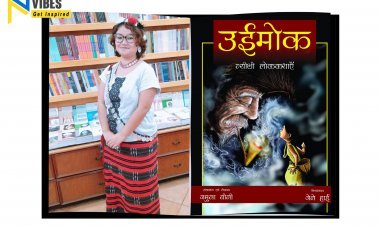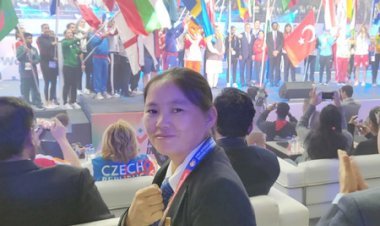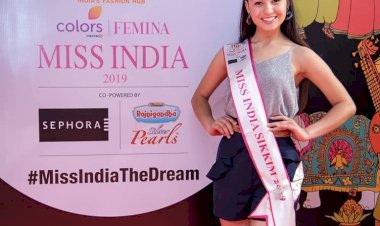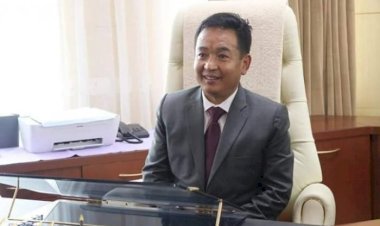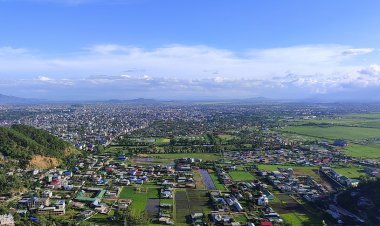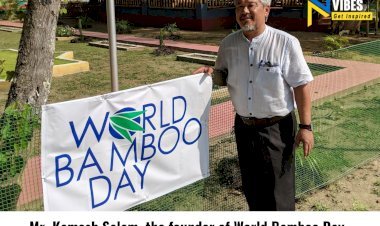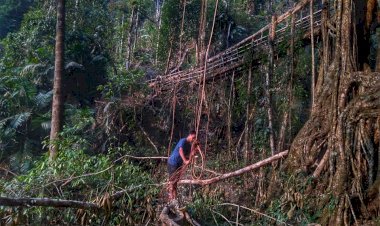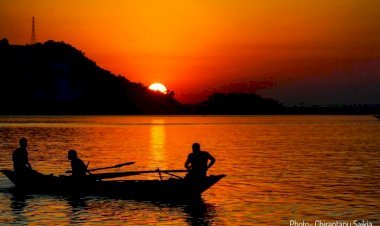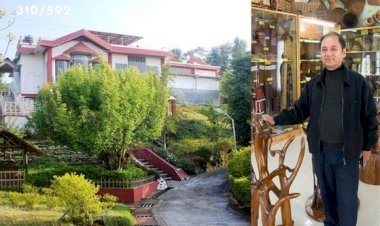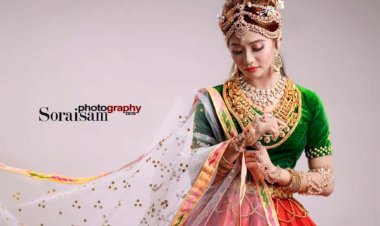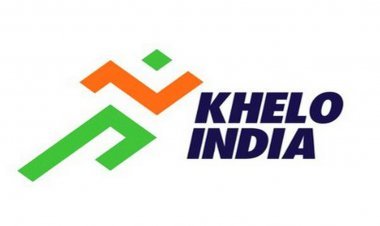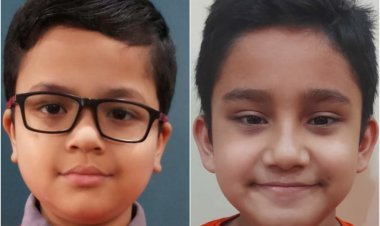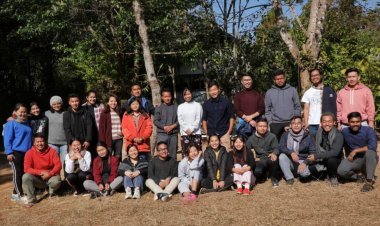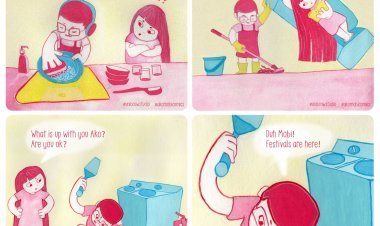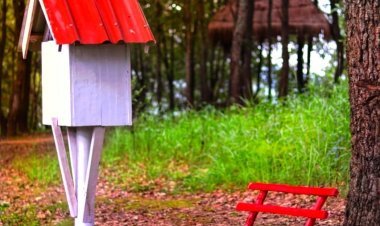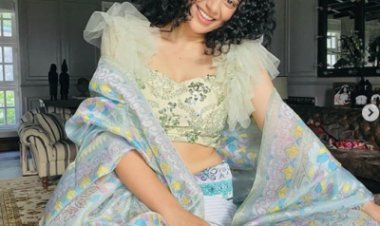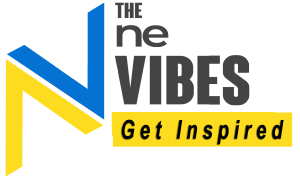22 Reasons Why Heikru Hidongba is not Just any other Boat Race Festival
The significance of the Cheng Pareng is that the food that God has given us is being offered back to him. The Heikru Pareng represents the core inside each individual human being. thenevibes.com
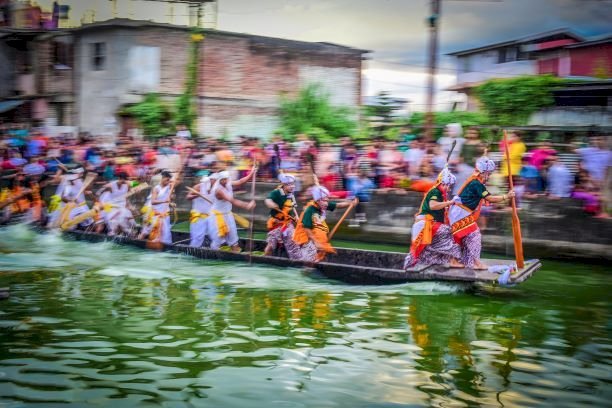
22 Reasons Why Heikru Hidongba is not Just any other Boat Race Festival
The annual traditional festival of Manipur, Heikru Hidongba is here again. The traditional boat race is the main attraction of this religious festival of Meitei community. Heikru means amala (gooseberry) and Hidongba means the boat ride. The traditional boat race festival is not just any other boat race festival. There’s deep rooted history, and socio-religious connotations. We reveal it all here:
1. Heikru-Hidongba is held every year on 11th day of the month of Langban of Meitei lunar month (September) at the moat of the Sagolband Bijoy Govinda Leikai, Imphal and it is being celebrated with gaiety and fervor.
2. It is observed to bring peace and prosperity to all the communities of Manipur.
3. It is an annual festival to mark the seasonal maturing of an edible fruit, heikru.
4. It was started during the reign of Maharaja Irengba in 984 A.D. From the time of Maharaja Irengba till Maharaja Maramba’s (Gourashyam) time, the Heikru Hidongba ceremony was held occasionally at best.
5. The celebration at Sagolband was started by Nongpok Leirikhomba, uncle of Maharaja Bhagyachandra.
6. On the day, when Maharaja Bhagyachandra with his uncle Nongpok Leirikhomba (Anantasai) started the seva of Shri Bijoy Govinda, there was a grand celebration of the Heikru Hidongba to commemorate the occasion in 1779 A.D.
7. It was decided that from the following year onwards, on the 11th day of Langban (September) of each year, the festival would be held. From then onwards, the festival has been celebrated till today without a break.
8. Maharaja Bhagyachandra combined the old Meitei traditional elements with elements of Vashnavism such as puja, fruit-flower offering, sankirtan, blowing of the conch, aarti, etc.
9. On the eve of boat race, boats are cleaned and purified with the chanting of hymns.
10. A day before the boat race, in the early morning hours of Mangal aarti, the two team leaders of the boat race put items made of silver and gold in a container, and offer it to Shri Bijoy Govinda.
11. The neck of the boat is decorated with garlands. Gold and silver coins are offered to the river before the race begins. Prayers are offered to the Lord Sri Govindajee and goddess Rashewori before starting the boat race.
12. Prior to the start of the race, Shri Bijoy Govinda goes on a procession in ‘Hi-Khabak-Lakpa’ (two boats tied together) along the sides of the moat, and stops at every Hiden. This is known as Lai Lamyengba.
13. At these stops at each Hiden, people make offerings of fruits, flowers and prayers to Shri Bijoy Govinda.
14. As a ritualistic practice, king of Manipur will offer gold and silver coins to the Meitei god Pakhangba for the prosperity of the land.
15. The main participants of the boat race along with other oarsmen are Tengmai Leppa (he who takes care of the boat; team leader), Hinao Shaba (he who steers the boat) Chang Shaba (he who looks after the Tengmai Leppa), Nourungba (he who takes care of leakage of water inside the boat) etc. and Naomang Shaba (he who helps the one who steers the boat). They wear Ningkham and Shamjin, important elements of the traditional Meitei dress. The other oarsmen wear kokyet, a traditional headgear.
16. A garland of 108 heikru with alternate bud of Hup (a wild grass) and also a garland of 108 cheng machang pareng (fine rice grain), each grain picked by fingers from its husk, are offered and worn by Tengmai Leppa of the two boats.
17. The significance of the cheng machang pareng is that the food that God has given us is being offered back to him. The Heikru Pareng represents the core inside each individual human being.
18. The two garlands will be offered to Shri Bijoy Govinda and will then be placed on the deck of the two boats.
19. The winner of the boat race will wear the garland of heikru or Cheng machang.
20. The maiba or pandit (priest) will decide the good or bad omen of the year from the boat race.
21. Once the Hekru Hidongba celebration is done, one can eat heikru. It is believed that if heikru is eaten before Heikru Hidongba celebration, his or her teeth will be short-lived.
22. Heikru Hidongba festival is not performed at any other place but only at the moat of Bijoy Govinda.
Source: e-pao







